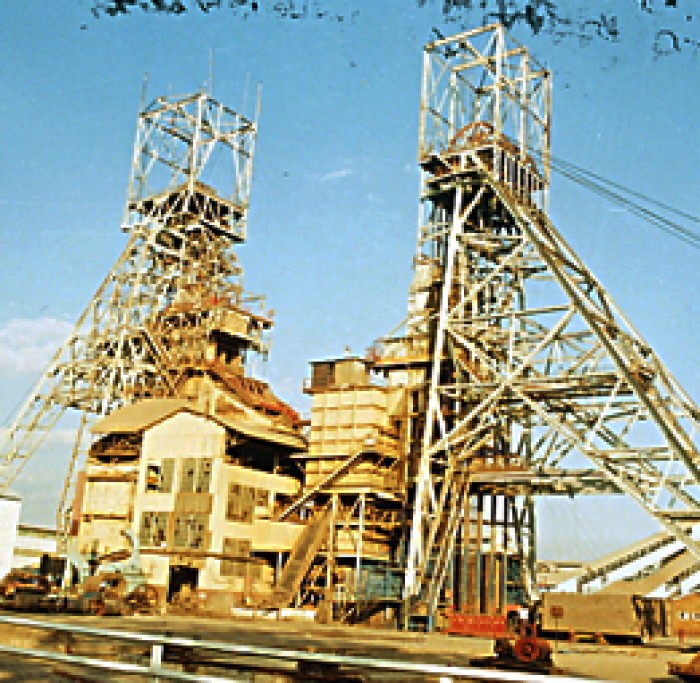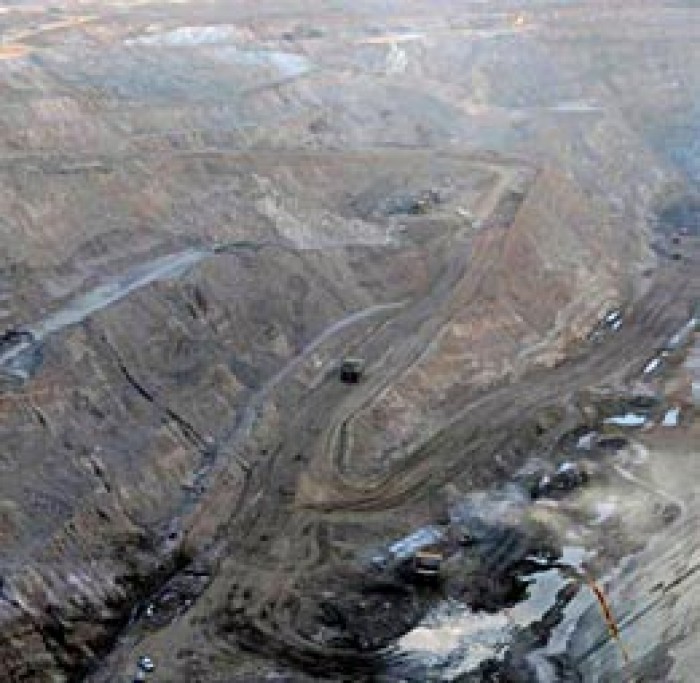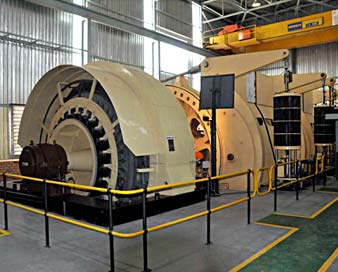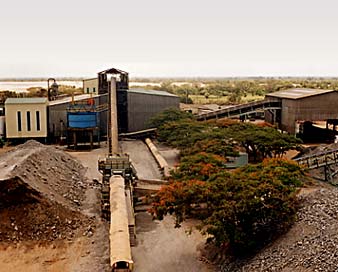The Nchanga Mine
The Nchanga mines are situated in the Zambian Copperbelt, in the vicinity of the town of Chingola. Primary copper and cobalt mineralisation at Nchanga is hosted within two stratigraphic horizons namely the lower ore body (LOB), and the upper ore body (UOB).
Locally economic mineralisation is also found between these two and is termed the intermediate ore body. This material is sandwiched between the Banded Sandstone Upper and Banded Sandstone Lower horizons. Low-grade copper mineralisation within the Banded Sandstone horizons is regarded as refractory due to the poor response of this material to normal metallurgical treatment routes and has been termed the CRO.
Following exploration in 1923, development in 1927 and the cessation of operations due to flooding and low copper prices in 1931, mining at the Nchanga underground mine recommenced in 1937. Surface mining operations from the Nchanga Open Pit (“NOP”) commenced in 1957.
Nchanga’s mining operations comprise of:
- An underground mine
- The Nchanga Open Pit and other satellite pits
- Refractory Ore Stockpiles
- Tailing Dams
The Nchanga mine pumps out approximately 75,000 m3 of water per day, a component of which is derived from inflow through the open-pits during the wet months.
At KCM, we have a unique set of challenges facing our mining operations. After mining for almost 70 years, copper grades at Nchanga mine have declined from 6% in the 1960s to an average 1.6% at present, while the depth of both underground and open pit mines has significantly increased.
KCM has continued to invest in its assets and have invested in extending the life of various mines at Nchanga, which had three to eight years left back in 2004. Through exploration investment we have extended the life span of these mines by a further 10+ years.





